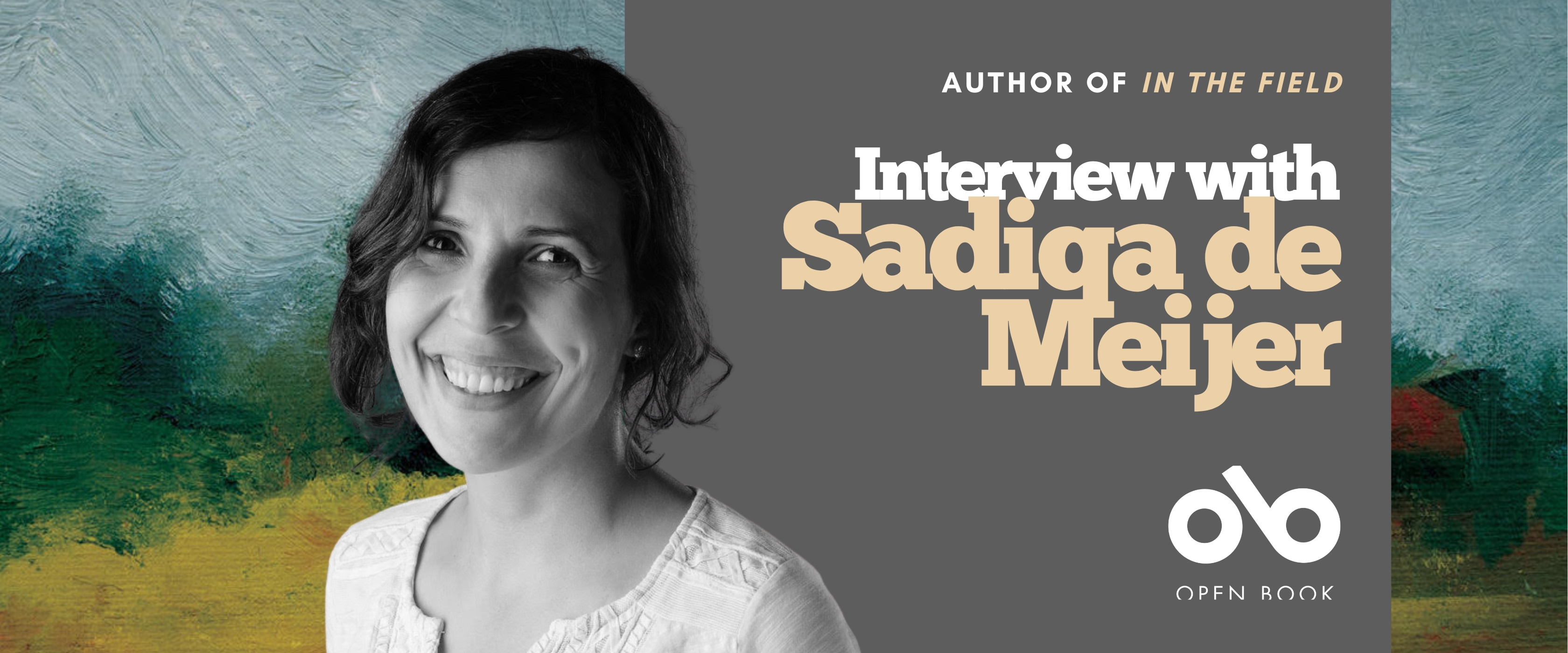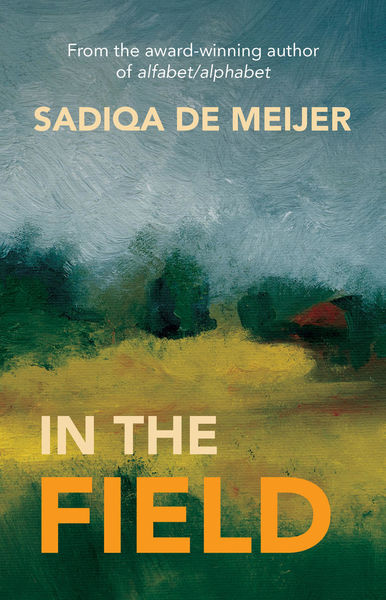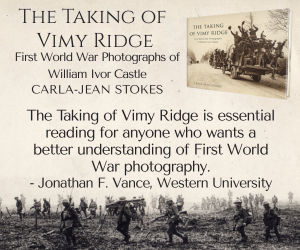Sadiqa de Meijer Searches for True Meaning and Connection in the Essays of IN THE FIELD
Governor General’s Award winner Sadiqa de Meijer returns with a thoughtful and beautifully composed collection of essays that invites readers to look closely at the world around them. Building on the depth and profundity of her the universally lauded work, alfabet/alphabet, de Meijer explores questions concerning what it truly takes to know ourselves. She considers what it means to be shaped by a birthplace, how encounters with art pull us toward new ways of seeing, and how we might honour those who have gone before us.
Each essay unfolds with the careful attention of fieldwork. De Meijer observes landscapes, memories, and moments with a sensitivity that makes the familiar feel newly charged. Her writing is clear and grounded, yet continually opens into deeper reflection.
In the Field is an invitation as much as it is a collection. De Meijer encourages readers to focus on the truths in their own lives with renewed curiosity and to recognize the subjectivity that shapes every experience. It is a quiet, resonant, and generous book that stays with readers long after they close these pages.
Check out this insightful True Story Nonfiction interview with the author, that we're happy to share with our readers today!
Open Book:
Tell us about your new book and how it came to be. What made you passionate about the subject matter you're exploring?
Sadiqa de Meijer:
In the Field is a collection of nine personal essays that explore subjects ranging from attending medical school, to looking at art in galleries, to the life and work of Dutch writer Etty Hillesum. In each case, I’m curious about where the writing will go when I rely on an observing–thinking–feeling–intuiting–associating–researching effort, one that trusts my own experiences aren’t isolated but occur within and because of broader social and cultural conditions. Invoking them for study, then, naturally encompasses the stories of others. The result is a book of ethics, I’d say—an inquiry into how we might live in the world. I’ve also tried to make it a pleasure to read.
OB:
What was your research process like for this book?
SM:
The title In the Field refers in part to the range of research approaches in the essays. One recalls fieldwork I did as a biology student; another examines medical education. Those essays are excavations of my own memories and a few remaining notes and reference materials.
For other pieces—like the essay on the meaning of birthplaces, or the one about Etty Hillesum—the research was deliberate, and I visited relevant sites; the essays include reports of that process. Drawing Lines combines several methods: I visited Sarindar Dhaliwal’s retrospective at the AGO, interviewed the artist, drew on memory, and began considering my part-time job at an art gallery as a form of fieldwork.
Your CanLit News
Subscribe to Open Book’s newsletter to get local book events, literary content, writing tips, and more in your inbox
OB:
Do you have an opinion on how the word “nonfiction” is set—i.e., with or without a hyphen?
SM:
As you can see below, I have preferred the hyphen.
OB:
A lot of nonfiction prizes and anthologies have expanded to welcome more personal nonfiction as well as strictly research-based nonfiction. What do you think of this shift within the genre?
SM:
I don’t believe strictly research-based non-fiction is impersonal, though it may be written from a third-person perspective we’ve learned to interpret as disembodied, socially untethered, or free of feeling. Such writing can still be excellent, of course, but we may as well acknowledge that we distinguish it from personal non-fiction on tenuous grounds.
OB:
Do you remember the first moment you began to consider writing this book? Was there an inciting incident that kicked off the process for you?
SM:
The opening essay has to do with losing my writing notebook, which happened more than twelve years ago—it was a hardcover black pocket notebook. I didn’t have a cellphone then, but the notebook possessed that kind of presence; I usually had it on or near me.
I wrote the first draft of the essay not long afterward. The late and missed Steven Heighton read it, offered editorial suggestions, and told me I’d probably remember more than I expected of what I’d written down. So I suppose that was the germination of this book, although I didn’t know it at the time.
OB:
What are you working on now?
SM:
I’m making revisions to a poetry collection called Qaf’s People. In the book, Qaf is an imagined place where people of mixed race are from. It will be published by Véhicule Press (Signal Editions) in the spring of 2026.
__________________________________________
Sadiqa de Meijer is the author of the poetry collections Leaving Howe Island and The Outer Wards. Alfabet/alphabet won the 2021 Governor General Literary Award for Non-Fiction. Her work has also won the CBC Poetry Prize and Arc’s Poem of the Year Contest, and was a finalist for the Governor General’s Literary Award and the Pat Lowther Memorial Award. She lives with her family in Kingston, Ontario. http://www.sadiqademeijer.com/






